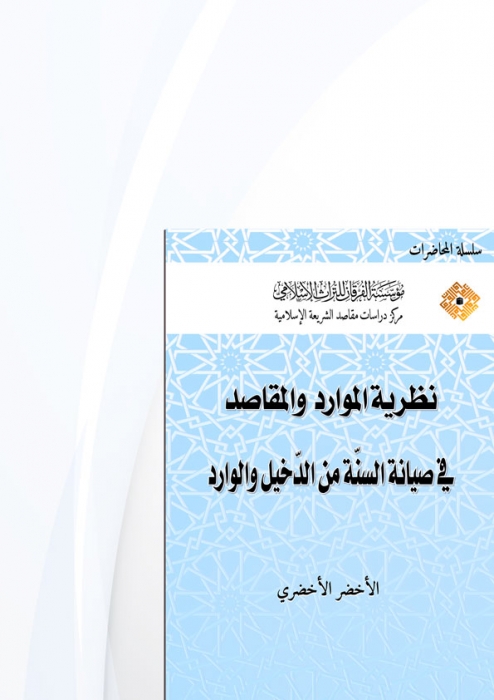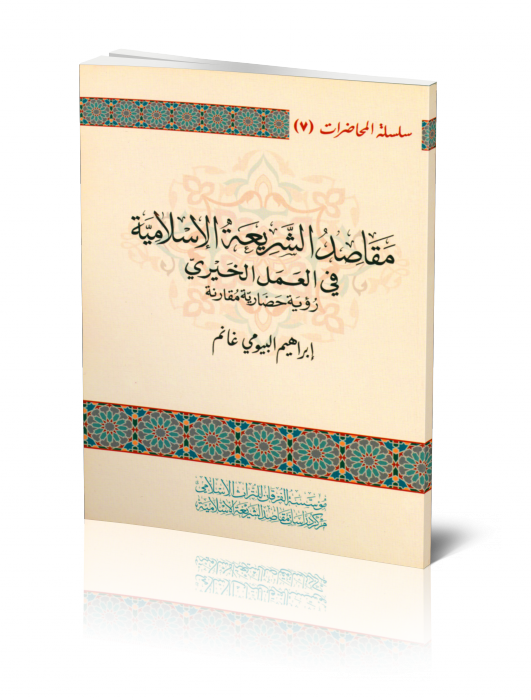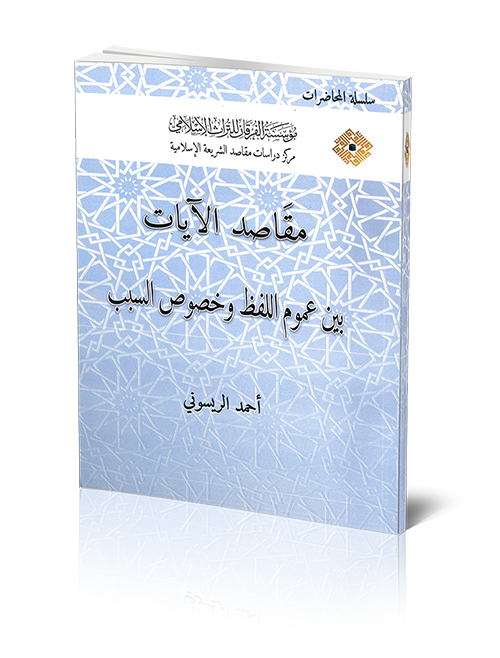This book covers a highly important topic, relating to the defense of the Noble Prophetic Sunnah, which withstood attacks and criticism by opposing parties since the era of examining narrator memory (talqīn) to the period of foundation (ta’sīs). Indeed, leading traditionists (muḥaddithūn) and classical legal theorists (uṣūliyyūn) have exerted mammoth effort in its service, reaching an apogee, founded on juristic effort (ijtihād), and argumentation (istidlāl) in protecting chains of narration (sanad) and ḥadīth text (matn) from insertion and defect of any type. They validated, emended, and contextualised them; furthermore, they documented modalities of acceptance and rejection, and selected the terminology most fitting to reflect occasions (munāsabāt) and objectives. The book provides expanded explanation of the efforts of legal theorists, and praises their meticulous attention to tradition text and chains of narration. It highlights the multiplicity of terms and approaches in the consideration of traditions, and presents the majority of rules that legal theorists set for accepting reports. The book attempts to collate the different approaches, and forge them into a unified theory, following the degree of commonality approach. This would permit universal argumentation (istidlāl kullī) that would strengthen the legal authoritativeness (ḥujjah) of Prophetic tradition, and expel weak evidences. Indeed, to do so, the book gathers each and every matter relating to the investigations of Sunni schools. Hence, the Prophetic Sunnah presents itself as an impregnable fortress in confronting every false insertion and defect. The book closes with a novel scientific chapter, following a new approach to reclassifying traditions, according to the objectives-based reading. This is accomplished by extracting the branch objectives (maqāṣid juz’iyyah) using illuminating principles (maqāmāt kāshifah), then collating them by degree of commonality, to be re-ordered by objective, in two ways, theoretical and applied.
 Shared Knowledge
Shared Knowledge


 Purposes of Islamic Voluntary Work: A Comparative Study of Civility
Purposes of Islamic Voluntary Work: A Comparative Study of Civility Universal Purposes of the Islamic Law and Exegesis Methodologies
Universal Purposes of the Islamic Law and Exegesis Methodologies The Objectives of Qurʾānic Verses: Between the General Meaning of the Word and the Specific Reason of Revelation
The Objectives of Qurʾānic Verses: Between the General Meaning of the Word and the Specific Reason of Revelation